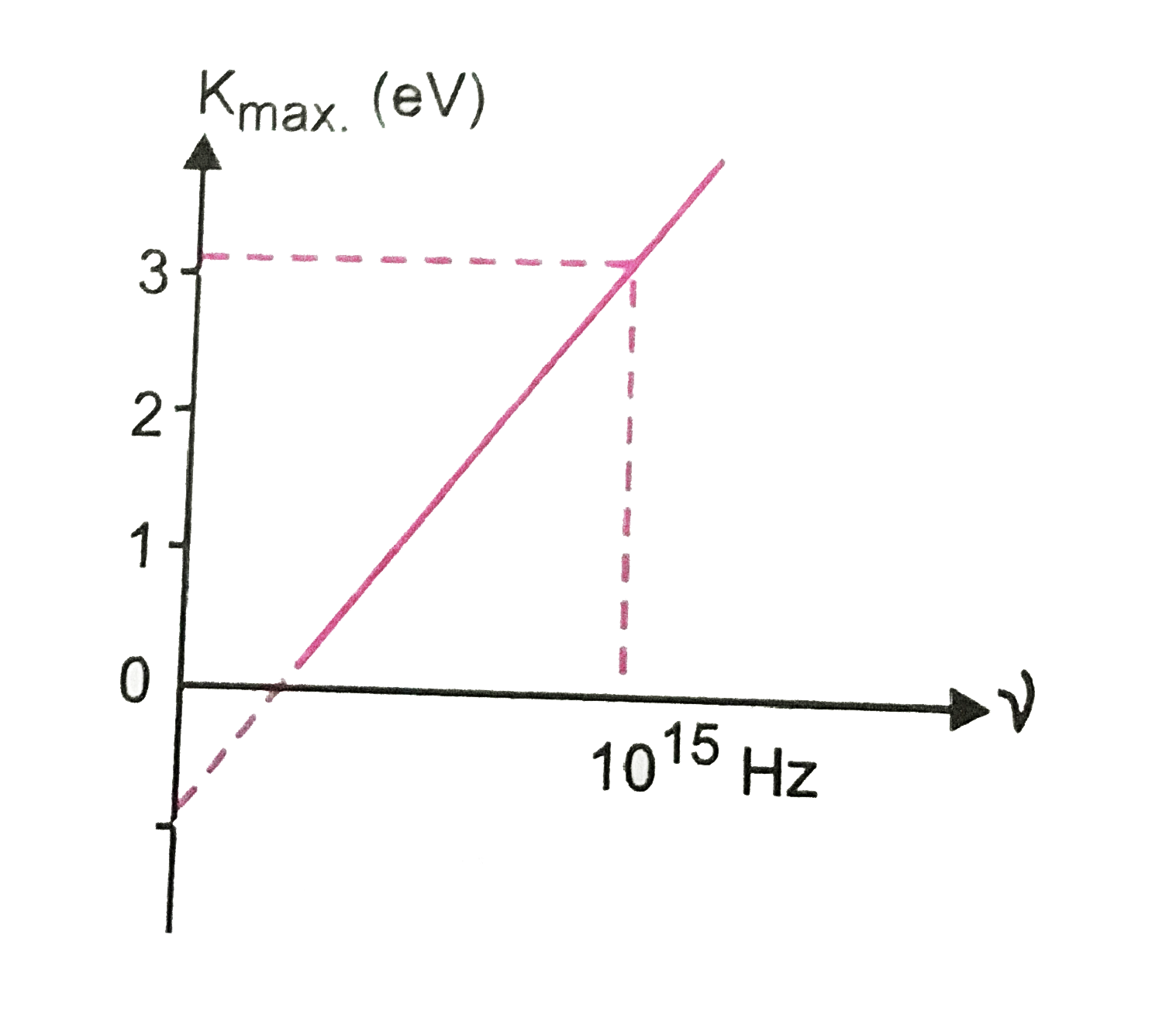PHOTOELECTRIC EMISSION
Step by step video & image solution for PHOTOELECTRIC EMISSION by Physics experts to help you in doubts & scoring excellent marks in Class 12 exams.
Topper's Solved these Questions
- BOOK - MBD -HARYANA BOARDCHAPTER - MODEL TEST PAPER - 2EXERCISE - SET -A (LONG ANSWER TYPE QUESTIONS)2videos
MODEL TEST PAPER - 2
- BOOK - MBD -HARYANA BOARDCHAPTER - MODEL TEST PAPER - 2EXERCISE - SET -B (MULTIPLE CHOICE TYPE QUESTIONS)14videos
MODEL TEST PAPER - 2
- BOOK - MBD -HARYANA BOARDCHAPTER - MODEL TEST PAPER - 2EXERCISE - SET -A (VERY SHORT ANSWER TYPE QUESTIONS)9videos
MODEL TEST PAPER - 2
- BOOK - MBD -HARYANA BOARDCHAPTER - MODEL TEST PAPER (SOLVED)EXERCISE - LONG ANSWER TYPE QUESTIONS6videos
MODEL TEST PAPER (SOLVED)
- BOOK - MBD -HARYANA BOARDCHAPTER - OPTICSEXERCISE - OBJECTIVE TYPE QUESTIONS26videos
OPTICS
Similar Questions
Statement -1: In process of photoelectric emission , all emitted electrons donot have sam Kinetic energy
Statement-2: If radiation falling on photosensitive surface of a metal consits of different wavelength, then energy acquired by electrons absorbing photons of different wavelength shall be different.View SolutionPhotoelectric work function for a surface is 2.4 eV. Light of wavelength 6.8×10−7m shines on the surface. Find the frequency of incident light and also the threshold frequency. Will there be photoelectric emission or not ?
View Solution
Knowledge Check
- Question 1 - Select One
Statement 1: In process of photoelectric emission, all emitted electrons do not have same kinetic energy.
Statement 2: If radiation falling on photosensitive surface of a metal consists of different wavelengths, then energy acquired by electrons absorbing photons of different wavelengths shall be different.AStatement-1 is true, Statement-2: is true, Statement-2 is a correct explanation for Statement-1.BStatement-1 is true, Statement-2: is true, Statement-2 is NOT a correct explanation for Statement-1.CStatement-1 is true but statement-2 is falseDStatement-1 is false, Statement-2 is true - Question 2 - Select One
Assertion : In the process of photoelectric emission , all the emitted photoelectrons have the same kinetic energy.
Reason : The photon transfers its whole energy to the electron of the atom in photoelectric effect.AIf both assertion and reason are true and the reason is the correct explanation explanation of assertion.BIf both assertion and reason are true but reason is not the correct explanation of assertion.CIf assertion is true but reason is false.DIf assertion is false but reason is true. - Question 3 - Select One
monochromatic light of wavelength λ , then stopping potential is 3Vs When same surface is illuminated by light of wavelength 2λ , then stopping potential becomes Vs. The value of threshold wavelength for photoelectric emission will be
A4λB8λC4λ/3D6λ
Light strikes a sodium surface, causing photoelectric emission. The stopping potential for the ejected electrons is 5.0 V, and the work function of sodium is 2.2 eV. What is the wavelength of the incident light?
View SolutionFind the frequency of light which ejects electrons from a metal surface stopped by a retarding potential of 3.3 V. if photoelectric emission begins in this metal at a frequency of 8×1014Hz, calculate the work function (in eV) for this metal.
View Solutionrepresents a graph of most energetic photoelectrons Kmax(in eV) and frequency v for a metal used as cathod in photoelectrons experiment. The threshold frequency of light for the photoelectric emission from the metal is
 View Solution
View SolutionFor photoelectric emission from certain metal the cut - off frequency is v. If radiation of frequency 2v impinges on the metal plate , the maximum possible velocity of the emitted electron will be (m is the electron mass).
View Solutionin an experimental set up to study the photoelectric effect a point soure fo light of power 3.2×10−3 W was taken. The source can emit monoenergetic photons of energy 5eV and is located at a distance of 0.8 m from the centre of a stationary metallic sphere of work-function 3.0 eV. The radius of the sphere is r=8..10−3 m. The efficiency of photoelectric emission is one for every 106 incident photons. Based on the information given above answer the questions given below. (Assume that the sphere is isolated and photoelectrons are instantly swepts away after the emission).
Time after which photoelectric emission stops isView Solution

